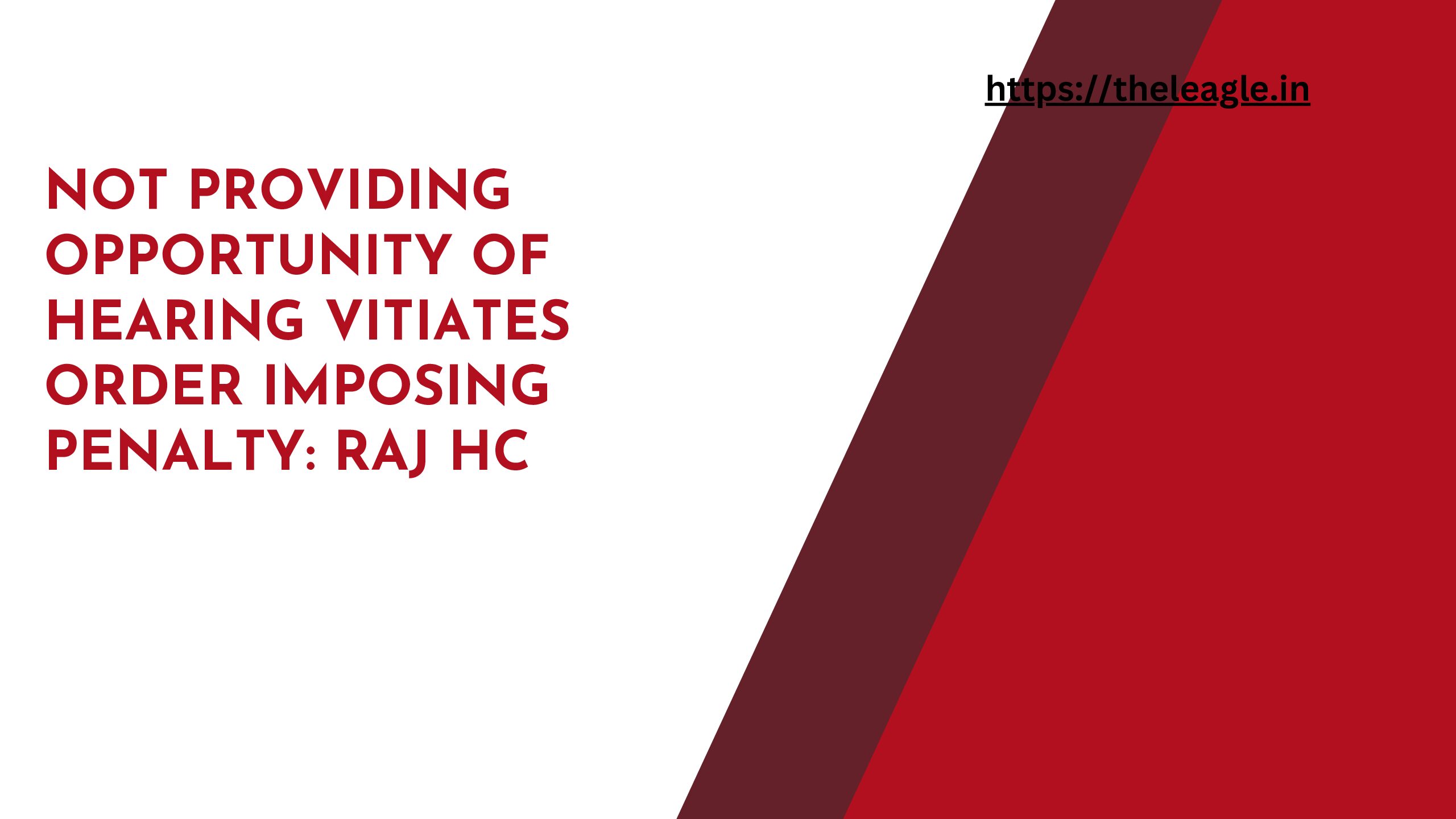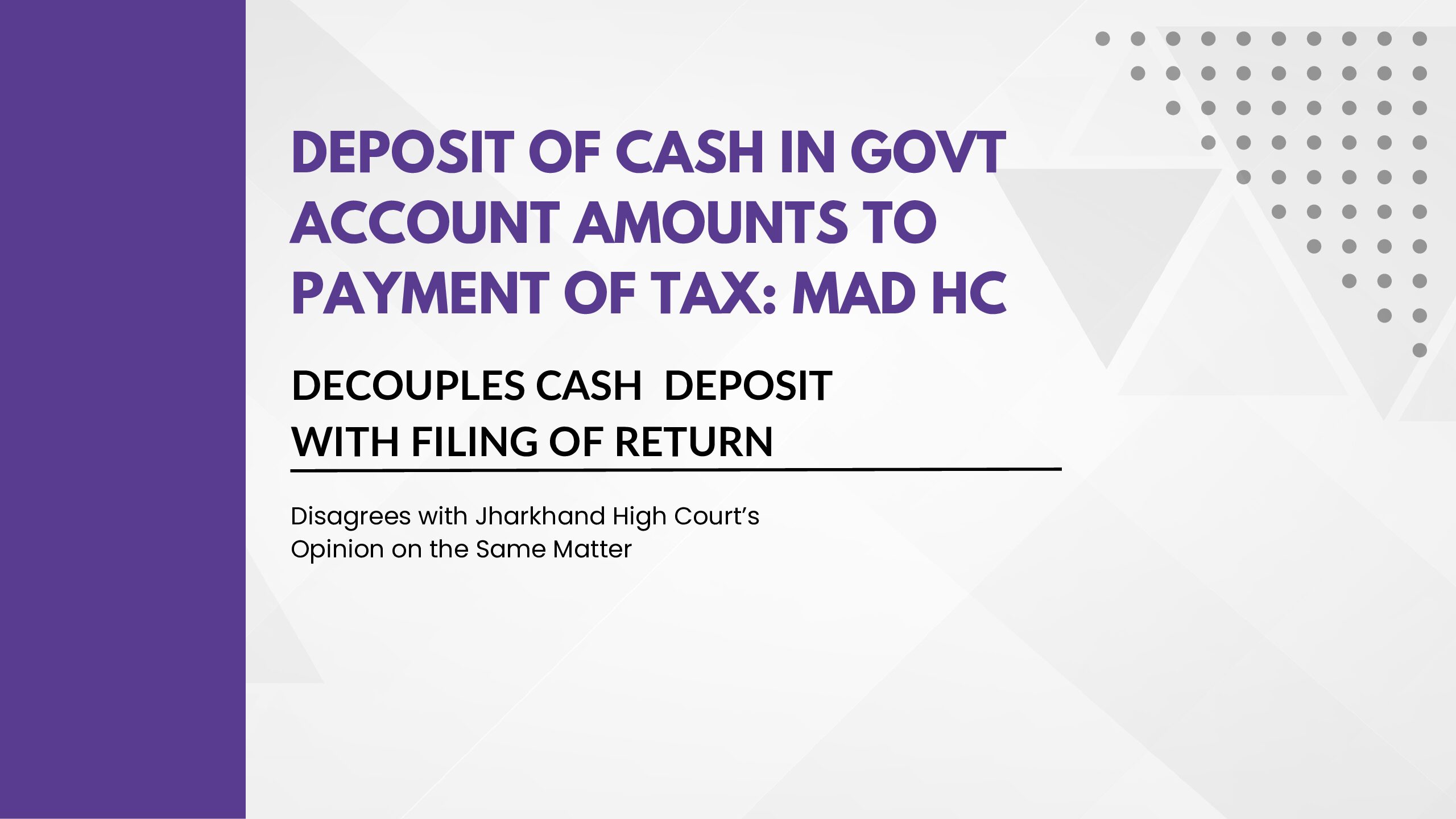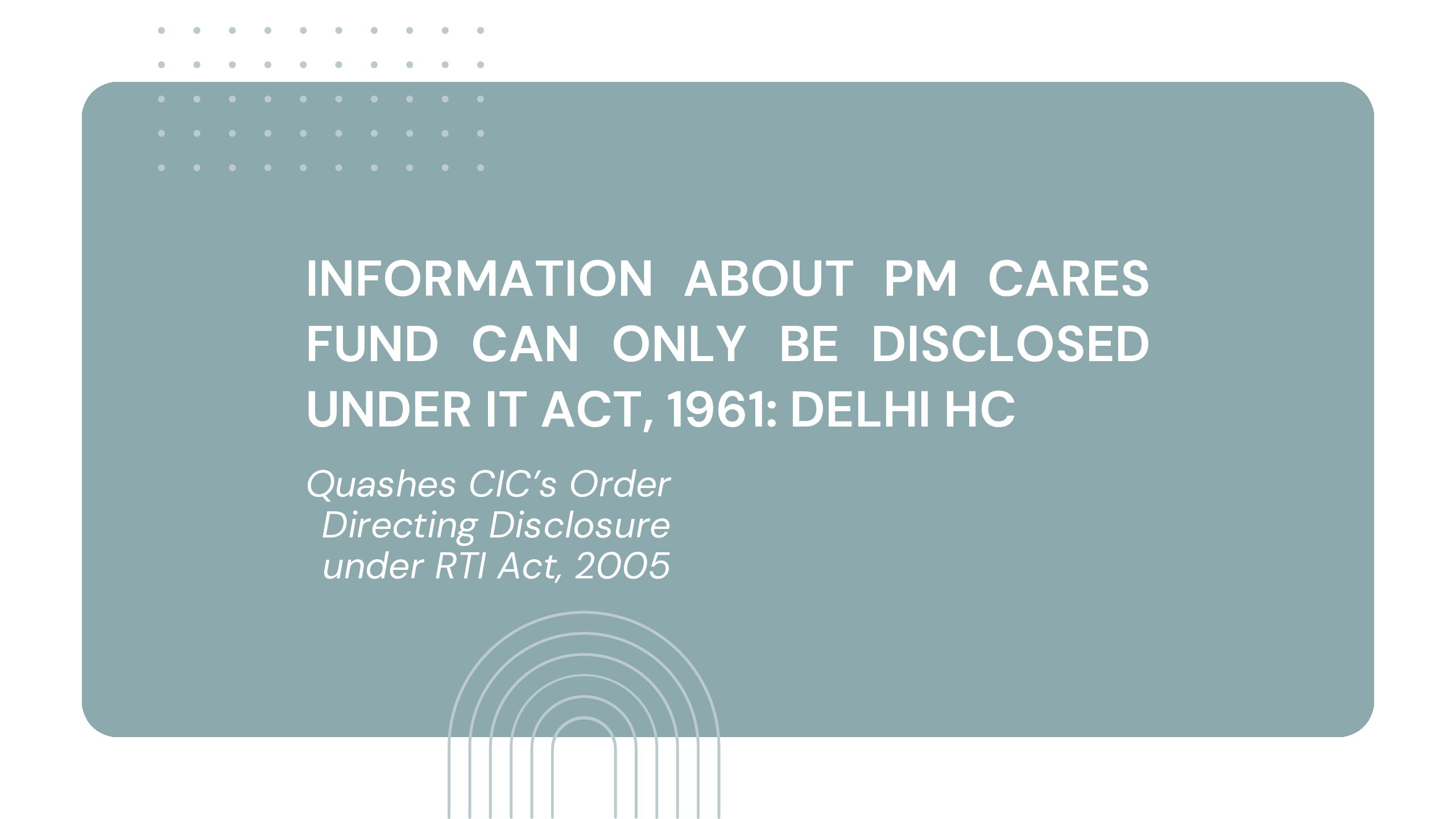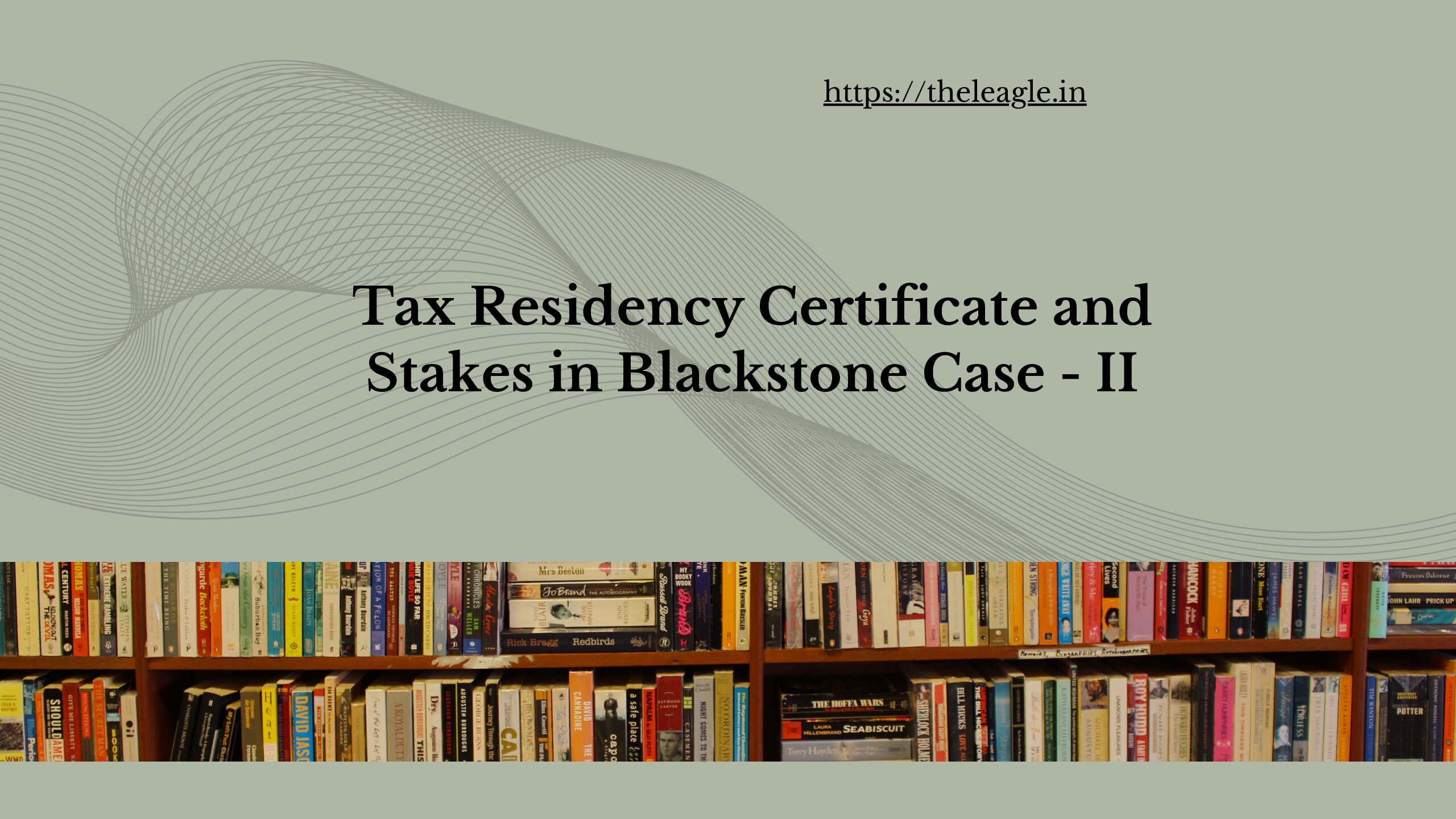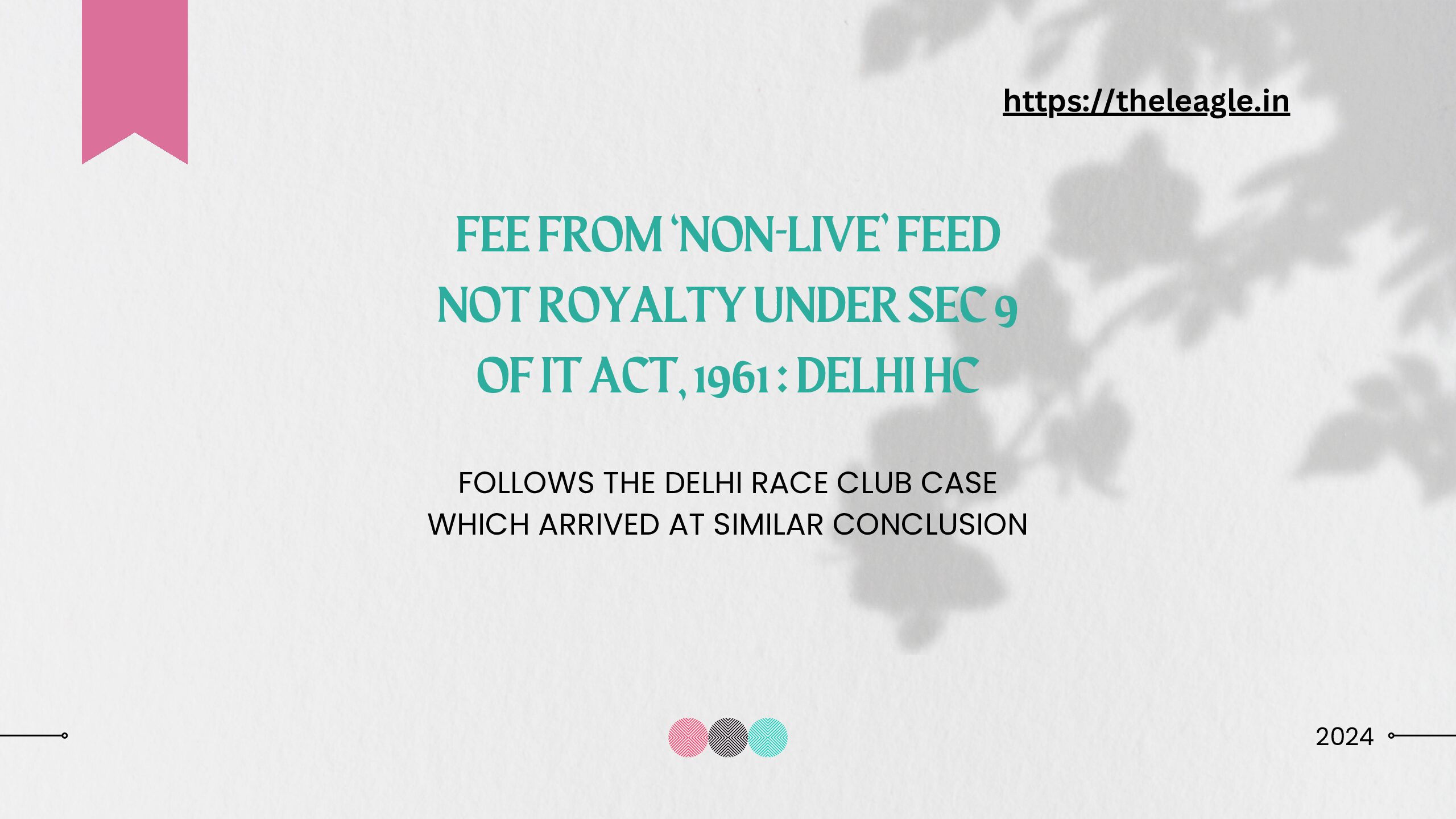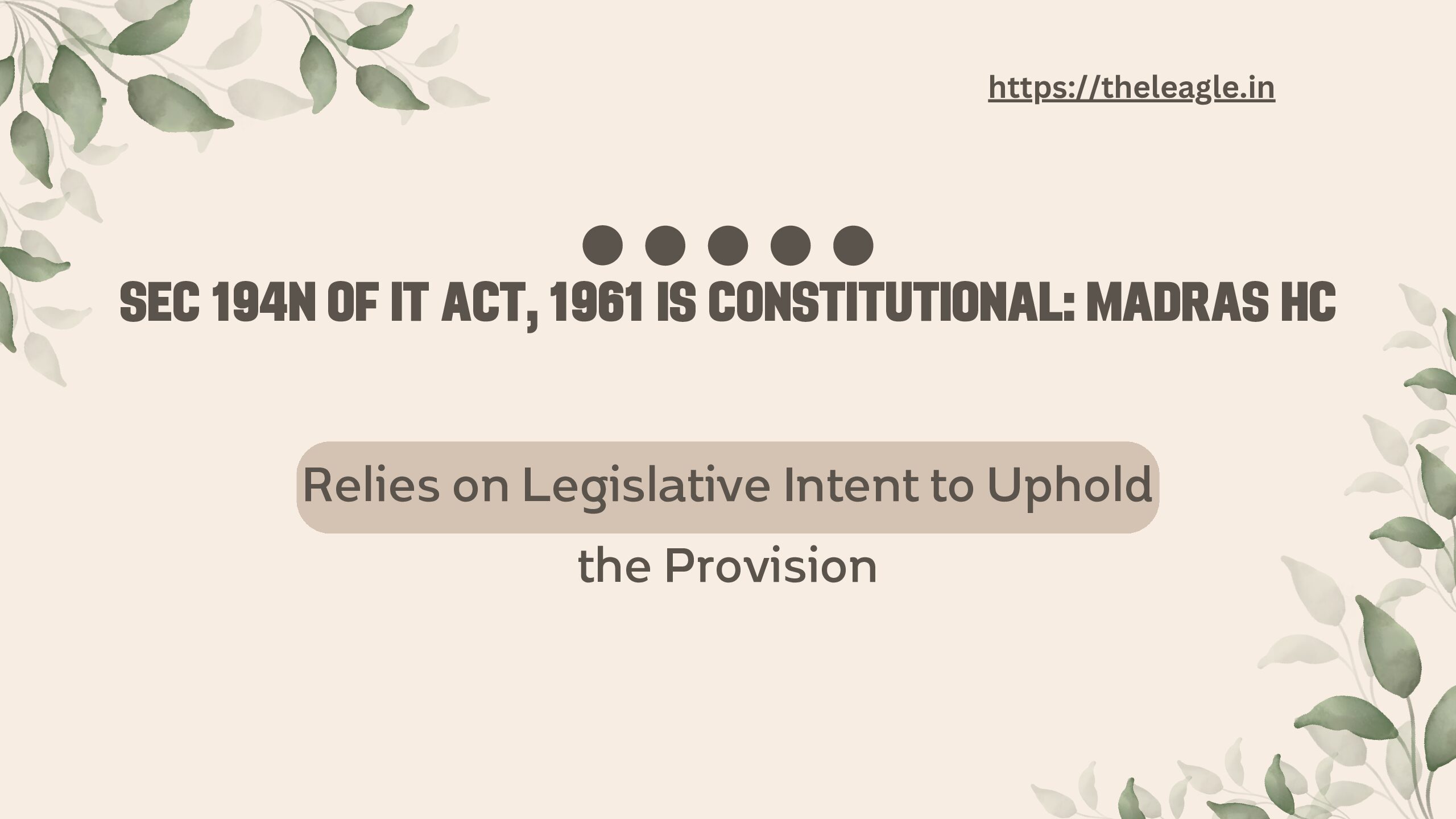The Madras High Court, in a recent decision, observed that the money in Electronic Cash Ledger (‘ECL’) of the taxpayer belongs to the exchequer since the money was deposited in the name of the exchequer in the form of GST. The High Court held that it cannot be said that the Government can only utilize the money in the ECL only when the taxpayer files the monthly return, i.e., GSTR-3B. The High Court reasoned that the taxpayer cannot keep the money in ECL forever and deprive the exchequer the right to utilize the amount deposited in the Government’s account on the pretext of non-filing of GSTR-3B. The High Court’s decision is at variance with the Jharkhand High Court’s decision where it was held that mere deposit of amount in the ECL does not amount to payment of tax to the exchequer and a taxpayer discharges tax liability only on filing of GSTR-3B.
Facts
On the date of introduction of GST, i.e., 01.07.2017, the petitioner had Rs 33 crores (rounded off) in balance as CENVAT credit which could not be transitioned to GST regime due to technical difficulties faced by the petitioner in filing TRAN-1. Since the credit was not transitioned and reflected as ITC, the petitioner could not file GSTR-3B for July 2017 within the due date. The inability to file GSTR-3B for July 2017 disentitled the petitioner from filing GSTR-3B for August to December 2017 due to the bar under Section 39(10). Accordingly, the petitioner discharged the GST liability for the period of July 2017 to December 2017 by depositing amounts in the Electronic Cash Ledger and Electronic Credit Ledger under appropriate heads of CGST, SGST, IGST into the government account. Once the petitioner was able to file TRAN-1, the GST portal allowed it to file GSTR-3B for July 2017 to December 2017 which it did on 24.01.2018.
The petitioner was served with a recovery notice on 16.05.2023 demanding payment of interest of Rs 24 crores (rounded off) for belated filing of returns for the period of July 2017 to December 2017. The petitioner’s representation against the recovery was rejected by the Department and the validity of recovery proceedings formed the subject of the writ petition before the Madras High Court.
The issue, simply put, was whether the petitioner was liable to pay interest on the amount it regularly – and before due date – deposited in the ECL, but in respect of which GSTR-3B was filed belatedly.
Arguments
The petitioner’s argument was that the deposit of cash in ECL is tantamount to deposit of money with the Government since that deposit is made into the Government’s treasury account maintained with the RBI. The petitioner relied on Section 49(1) and Explanation (a) to Section 49 of the CGST Act, 2017. Section 49(1) states that:
Every deposit made towards tax, interest, penalty, fee or any other amount by a person by internet banking or by using credit or debit cards or National Electronic Fund Transfer or Real Time Gross Settlement or by such other mode and subject to such conditions and restrictions as may be prescribed, shall be credited to the electronic cash ledger of such person to be maintained in such manner as may be prescribed.
And Explanation (a) to Section 49 states that ‘the date of credit to the account of the Government in the authorized bank shall be deemed to be the date of deposit in the electronic cash ledger.’
Based on the above two provisions, the petitioner argued that once money is deposited in ECL, it cannot be withdrawn by the taxpayer at their sweet will since it is money deposited in the Government account maintained with RBI. And a refund from ECL can only happen under Section 54 and, at the same time, if the Department wishes to recover any amount from a taxpayer they can do it via a journal entry for appropriation of amount against the pending tax demand. The petitioner added that merely because debit of ECL is a mere journal entry does not take away from the fact that tax is paid to the Government at the time of remittance under Section 49(1). And since they had deposited amount in ECL on time which amounts to payment of tax, there was no case to levy an interest on them under Section 50, CGST Act, 2017.
The Department, on the other hand, argued that ‘cash’ which is paid vide a challan is a deposit into the petitioner’s own ECL and is not tax paid to the Government unless the said amount is debited by filing GSTR-3B returns. The Department relied on Section 49(3) which states that the amount available in ECL can be used towards making any payment towards tax, fee or interest and that tax under different heads, i.e., CGST, SGST, IGST is paid only on filing GSTR-3B and debiting the amount from ECL. It is only when GSTR-3B is filed that the tax liability is discharged.
As is evident, the fulcrum of arguments was whether deposit of cash in the Govt’s account and subsequent credit in ECL amounts to payment of tax or whether debit from ECL at the time of filing of GSTR-3B amounts to payment of tax.
Madras High Court Favored the Petitioner
The Madras High Court favored the petitioner by interpreting Section 39, Section 49, and Explanation (a) to Section 49 and to support its interpretation the High Court also relied on the challan used to deposit cash and the format of GSTR-3B.
Section 39(1) states that:
Every registered person, other than an Input Service Distributor or a non-resident taxable person or a person paying tax under the provisions of section 10 or section 51 or section 52 shall, for every calendar month or part thereof, furnish, in such form and manner as may be prescribed, a return, electronically, of inward and outward supplies of goods or services or both, input tax credit availed, tax payable, tax paid and such other particulars, in such form and manner, and within such time, as may be prescribed, on or before the twentieth day of the month succeeding such calendar month or part thereof.
The Madras High Court emphasised on the phrase ‘tax paid’ and noted that Section 39 makes it clear that in GSTR-3B the detail of tax paid has to be furnished which is paid via GST PMT-06 challan. And since the challan mentions RBI as the beneficiary bank, any amount deposited vide the challan goes to RBI under the name of GST where the Government maintains an account. The High Court then examined the columns and details provided in GSTR-3B which contain a column of tax paid in cash. And thereby concluded that it was necessary that tax should have been paid via GST PMT-06 ‘prior’ to filing of GSTR-3B since there is a column in GSTR-3B which requires furnishing the details of tax paid in cash.
The Madras High Court then cited Section 39(7) which states as follows:
Every registered person, who is required to furnish a return under sub-section (1) or sub-section (2) or sub-section (3) or sub-section (5), shall pay to the Government the tax due as per such return not later than the last date on which he is required to furnish such return.”
The Madras High Court’s interpretation was novel and vital to the case. As per the High Court, Section 39(7) requires that the tax be paid before the due date of filing monthly return – GSTR-3B – and that filing of the monthly return is not important, but that tax should be paid before the due date of filing of monthly return. (paras 24-26) The High Court thus decoupled the payment of tax with filing of GSTR-3B and derived this conclusion from the manner in which Section 39(7) is phrased.
The Madras High Court subsequently interpreted Section 49(1) and Explanation (a) to mean that the date on which account of the Government is credited is deemed to be the date of deposit in the ECL. The High Court noted that this implies that at the first step the Government’s account is credited and then the taxpayers’ ECL. And that latter was merely a journal entry or an accounting entry.
The Madras High Court’s combined reading of Section 39(1), 39(7), 49(1) and Explanation (a) led it to the conclusion that the payment of tax must be made before the filing of GSTR-3B and the payment is made in the Government’s authorized account maintained with RBI. This inevitably led the High Court to the conclusion that GST is paid when money is deposited in the Government’s account and not when GSTR-3B is filed. The High Court further reinforced its interpretation by reasoning that if one were to hold that the Government cannot utilize GST collection until the taxpayer files GSTR-3B then the taxpayer can retain the amount in ECL forever by delaying filing of returns. Thus, the High Court reasoned that the moment money is deposited by generating the challan GST PMT-06, it is the money of the exchequer. The amount deposited is GST collected by a taxpayer on behalf of the Government and the Government’s right to utilize it cannot be postponed until the taxpayer files GSTR-3B. (paras 35-41)
Jharkhand High Court Favored the Department
On a similar issue, the Jharkhand High Court in M/s RSB Transmissions case, referred to the same provisions, but interpreted them differently to conclude that tax is paid at the time of filing of GSTR-3B and not when cash is deposited in ECL. The Jharkhand High Court referred to the deposit of money vide a challan, Explanation (a) to Section 49 and noted that the deposit of cash was a deposit in the ECL of the taxpayer and did not amount to discharge of tax liability. While, as per the Madras High Court, the money deposited vide a challan is deposited into the Government’s account maintained in RBI and thereafter shown in ECL via a journal entry.
The Jharkhand High Court also differed in its interpretation of Section 39(7) by observing that no tax can be paid before filing of GSTR-3B. The Jharkhand High Court noted that it is only on filing of GSTR-3B that the ECL is debited towards payment of tax, interest or penalty. The High Court emphasised on the term ‘deposit’ used in Section 49(1) and 49(3) which states that the amount available in ECL ‘may be’ used for payment towards any tax, interest, interest, penalty or fees. The Jharkhand High Court viewed the ECL as an ‘e-wallet’ where the taxpayer can deposit cash anytime by generating the requisite challans. And refund of the said cash can be obtained under the procedure prescribed under the Act. (para 15)
Importance of Proviso to Section 50
Section 50(1) and the Proviso also received differing interpretations from the Madras High Court and the Jharkhand High Court primarily because the way the former interpreted Section 39(7).
Section 50(1) states that:
Every person who is liable to pay tax in accordance with the provisions of this Act or the rules made thereunder, but fails to pay the tax or any part thereof to the Government within the period prescribed, shall for the period for which the tax or any part thereof remains unpaid, pay, on his own, interest at such rate, not exceeding eighteen per cent., as may be notified by the Government on the recommendations of the Council. (emphasis added)
The Madras High Court interpreted the term prescribed period in reference to Section 39(7) cited above and held that Section 39(7) provides that tax should be paid before due date of filing monthly return, i.e., GSTR-3B. And, the said tax, as the Madras High Court had noted is deposited vide a challan. This fact becomes crucial in interpreting the Proviso to Section 50(1) which states:
Provided that the interest on tax payable in respect of supplies made during a tax period and declared in the return for the said period furnished after the due date in accordance with the provisions of section 39, except where such return is furnished after commencement of any proceedings under section 73 or section 74 in respect of the said period, shall be levied on that portion of the tax that is paid by debiting the electronic cash ledger. (emphasis added)
The Jharkhand High Court had relied on the latter part of Proviso to conclude that tax is actually paid when the ECL is debited. The Jharkhand High Court had observed:
This again goes to show that only on filing of GSTR-3B return, the debit of the tax dues is made from Electronic Cash Ledger and any amount lying in deposit in the Electronic Cash Ledger prior to that date does not amount to discharge of tax liability. A combined reading of Section 39 (7), 49 (1) and Section 50(1) read with its proviso and Rule 61(2) also confirms this position. (para 15)
The Madras High Court expressed its disagreement with the above interpretation and noted that Section 50(1) read with Section 39(7) provides for payment of tax via cash and its Proviso cannot be interpreted to mean that tax is paid only on debit of ECL. The Madras High Court noted that the Jharkhand High Court’s interpretation of the Proviso is contrary to Section 50(1) which is not permissible since a Proviso does not travel beyond the main provision, only carves out an exception to it. (paras 55 and 58)
The Jharkhand High Court’s interpretation of Proviso to Section 50 flowed from its interpretation of Section 39(7) and since the Madras High Court interpreted Section 39(7) differently, its interpretation of Proviso to Section 50 differed accordingly. Though, the latter seems more aligned with the bare text of the provisions.
Conclusion
The Madras High Court’s conclusion was premised on its understanding that deposit of cash vide challan is a deposit in the Government’s account which it can utilize immediately. The Madras High Court viewed GSTR-3B as the ‘ultimate proof’ for discharge of tax liability of the taxpayer, a return that quantifies and formalizes the tax payment made earlier. (para 38) The Jharkhand High Court viewed the deposit vide challan as a deposit in the e-wallet of the taxpayer. (para 15) The Jharkhand High Court did not pay attention to the first few words of Explanation (a) to Section 49(1) which state ‘the date of credit to the account of the Government …’. The import of these words, in my view, is that the cash is deposited in the account of the Government and by the deeming fiction the date of deposit is treated to be the date of deposit in ECL of the taxpayer. The cash deposit happens in the Government’s account which is merely reflected in the ECL later. And via a journal entry caused by GSTR-3B, the remainder amount, if any, is shown in ECL which can be refunded to the taxpayer. The Jharkhand High Court was also remiss in not paying adequate attention to the phrase ‘tax paid’ used in Section 39(1) and which the Madras High Court corrected, to some extent. What then is the purpose of GSTR-3B? In my view, the Madras High Court is correct in observing that tax liability is quantified on filing of GSTR-3B even though the tax is deposited before the filing of GSTR-3B. This is because, as the petitioners argued before the Madras High Court, a taxpayer cannot simply withdraw money from ECL unless the prescribed procedure is followed. And a proper officer would not ordinarily allow withdrawal from ECL if there is outstanding tax liability. The cash so deposited, is de facto in the Government’s control. To conclude, it suffices to say that the Jharkhand High Court erred in stating that tax cannot be paid before filing of GSTR-3B while the Madras High Court has accorded less than deserved importance to GSTR-3B, though it does not detract from the fact that the latter’s view reflects a more accurate reading of the law.
